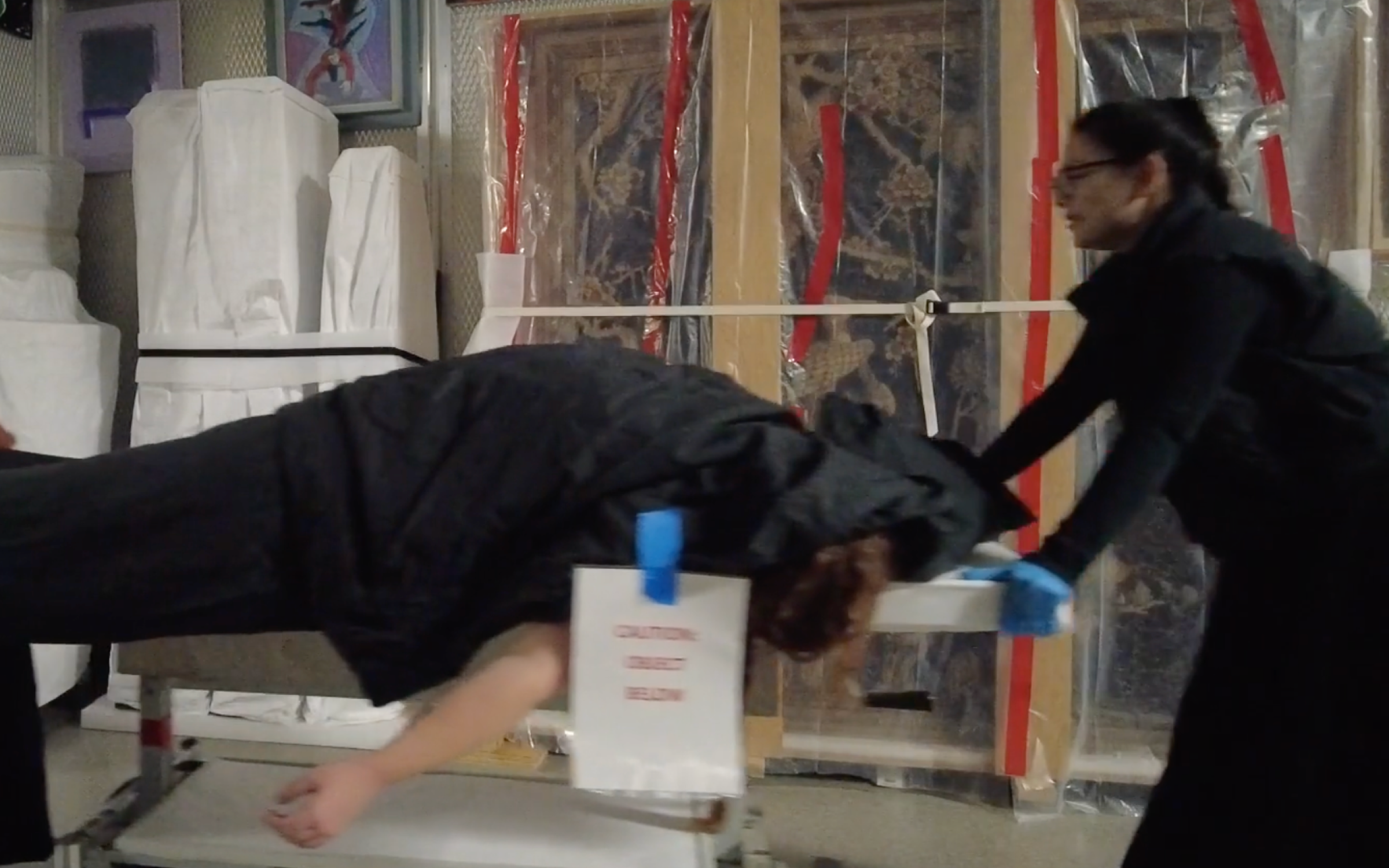
By J. Attridge, UMFA communications coordinator
The Utah Museum of Fine Arts has nearly 20,000 original works of art in its collection, dating back as far as 3400-3100 BCE, so it’s little wonder that some believe there are haunted items within the UMFA’s walls. With Halloween right around the corner, this At the Heart of It All blog will follow the UMFA collections team in their daring ghost hunt, recount the unexplained experiences of UMFA staff, explore objects in the UMFA collection that give us the heebie-jeebies, and share never before seen photos of a beast caught on camera in the UMFA great hall. This creature, though strange, seems oddly familiar...
Ghost Adventurers!
Unexplainable Experiences at the UMFA
“I can't remember the name of the piece, but when I first started, we had this one sculpture up in Modern that was like this net full of speakers that whispered bedtime stories or something in a bunch of different languages 24/7. It had a list of languages that it spoke in that was pretty diverse, but it didn't speak French; I could have been mishearing, but I'm pretty sure I heard it talking about Hell ("L'Enfer") in French on multiple occasions. It was also just generally spooky atmospherically because it never turned off so you'd still hear creepy whispering throughout the galleries even when everything was shut down for the night (for added context, we used to be open until 9 on Wednesdays, so even darker and spookier, especially during the winter).”
- Michael McEwan, Assistant Security Supervisor
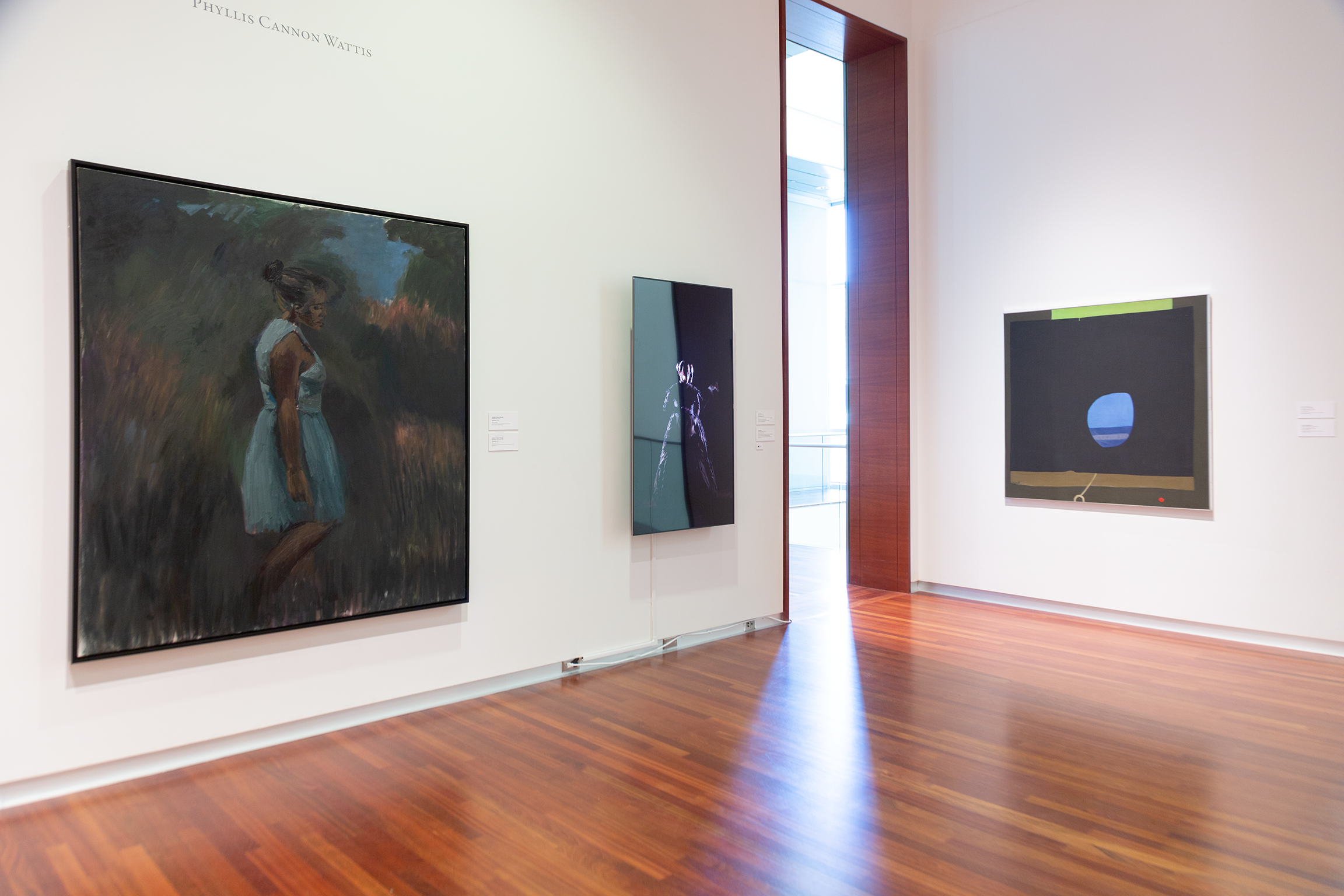
“I have several experiences that are unexplainable. The first one happened in 2018. It was the end of a regular day at the museum and I and another guard were the last ones in the building after closing most of the building. I was in the dispatch office and my co-worker was in the elevator down to the basement to finish closing the building. As I was turning off the cameras I saw a glowing orb behind the security desk in the lobby. At first, I thought it was the glow of a computer screen but then I remembered that the security desk in the lobby doesn't have a computer. This floating orb of light was right where the seat was, and the camera showed that there was movement in that area.
The second one happened in 2022. I was patrolling in the contemporary gallery on the second floor. It was a very quiet morning and there was nobody in the second-floor galleries. As I was walking from the South Asian gallery to the grand staircase and back into the contemporary galleries out of the corner of my eye, I see a tall, lanky man dressed completely in black with shiny dress shoes pass the doorway from contemporary into the South Asian gallery going the opposite way. At first, I thought it was Michael the weekend manager for security but I soon realized that Michael wasn't working that day. I promptly walk back through the South Asian gallery to see if it was a very quiet patron that I missed. But there was no one in the galleries.
Some small weirdness is that, in dispatch, the camera will often show movement without anybody in those rooms. It is especially active in the collection room when there is no staff in those rooms just before we close the building."
- Noelle Poulson, FTO Security Guard.
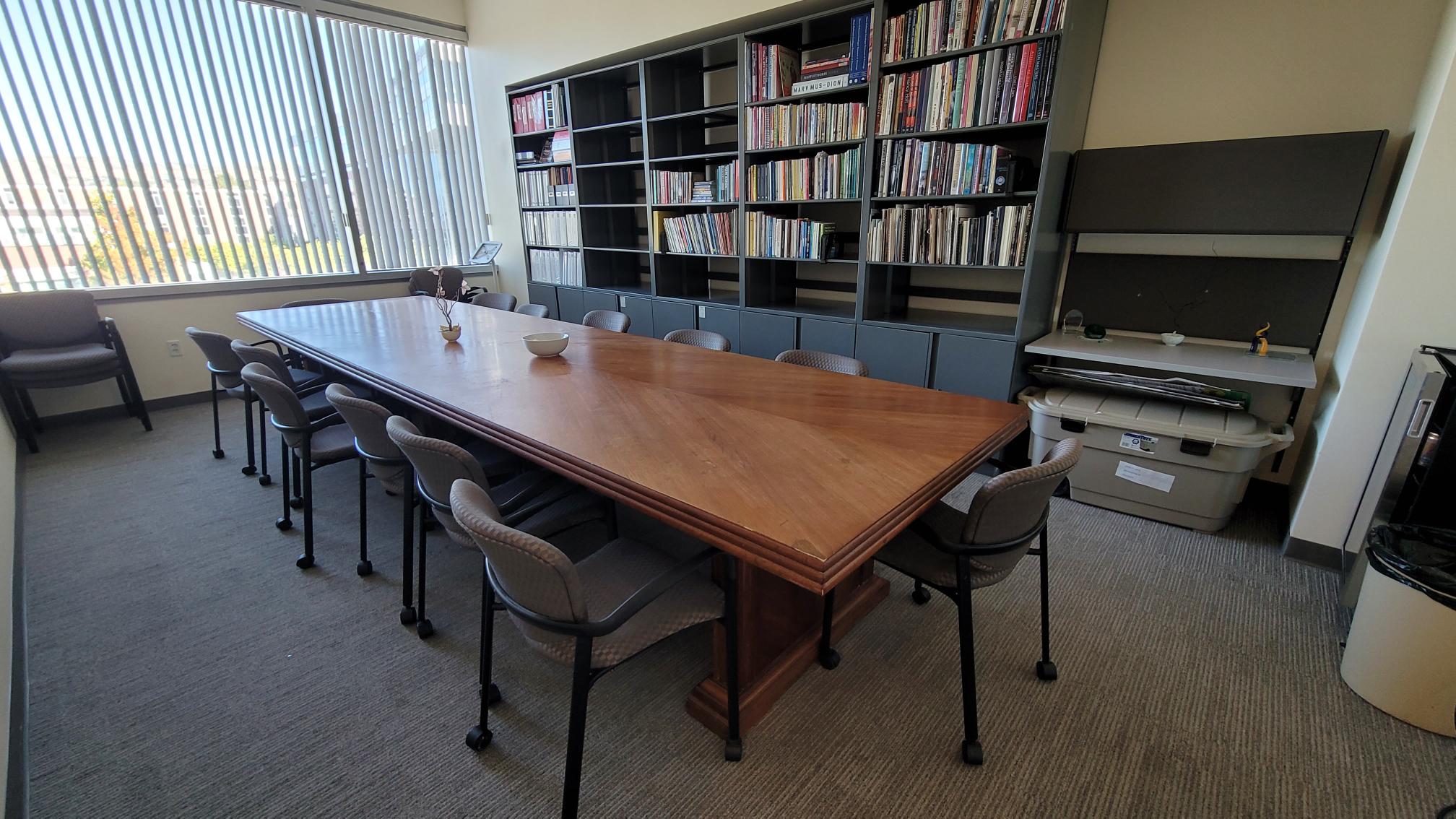
“We often hear chairs moving around in the docent conference room, but when you walk in, there is never anyone there! Creepy!”
- Annie Burbidge Ream, Co-Director of Learning and Engagement
Objects in the Collection That Give Us the Heebie-Jeebies!
It’s been said that art is meant to make you feel something. These pieces, submitted by UMFA staff, fill us with fright and un-ease!

Edo Period Japan had a great fascination with ghost stories and the supernatural. Kabuki plays and woodblock prints were based on those tales. Yoshitoshi based this print off the story of the samurai Omori Hikoshichi after the battle of Minotogawa in 1336. In the myth, the samurai offered to carry a woman across a stream. Yoshitoshi shows the moment as the clouds part to reveal the full moon. Its light shines on the woman and the warrior notices the woman’s shadow had horns revealing she was actually a demon.”
- Luke Kelly, Associate Curator of Collections
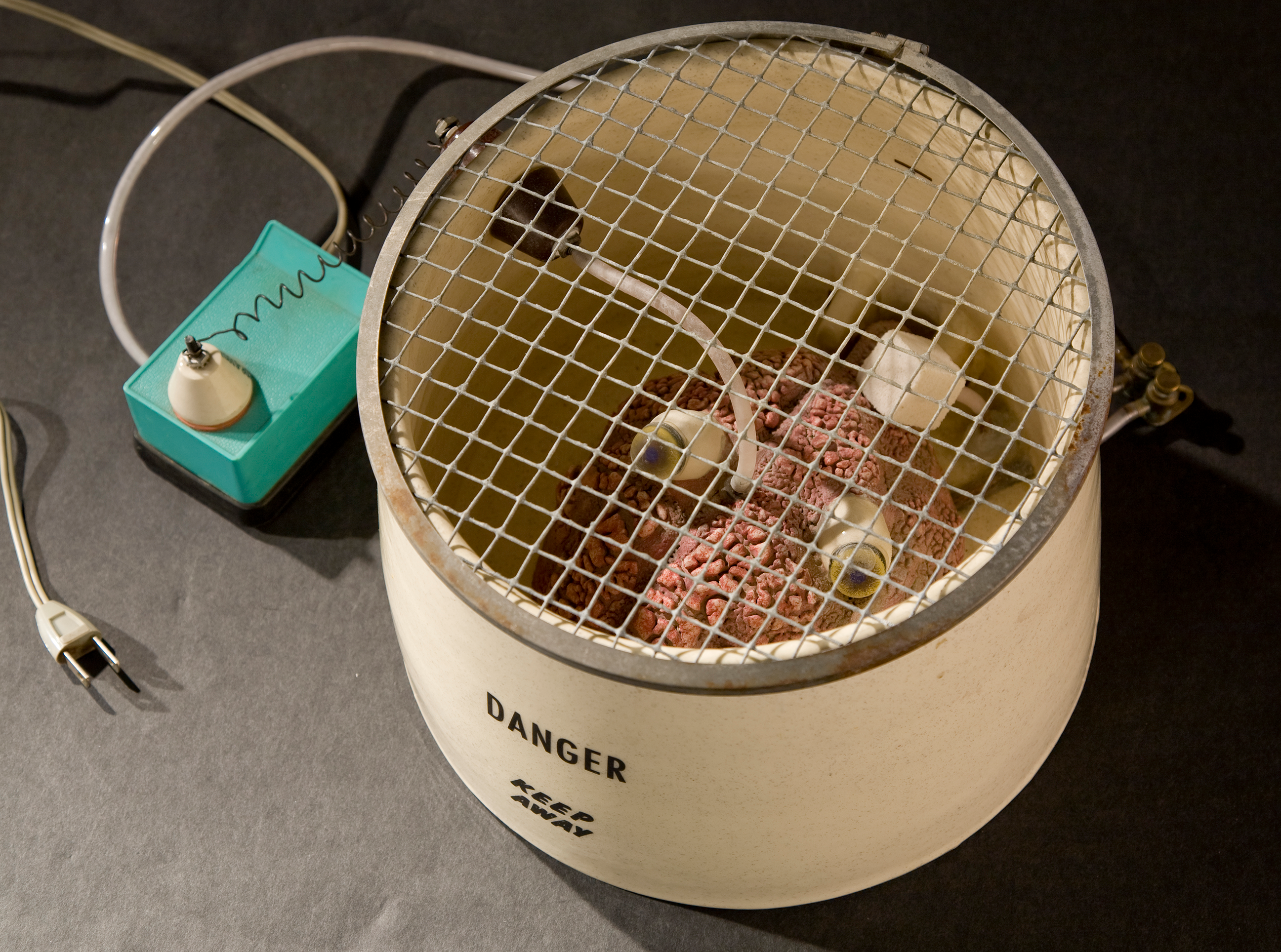
“Brain Bowl by Clayton George Bailey, this is one of my favorite objects in the collection. It plugs in and the brain moves up and down. So wacky and cool.”
- Annie Burbidge Ream, Co-Director of Learning and Engagement
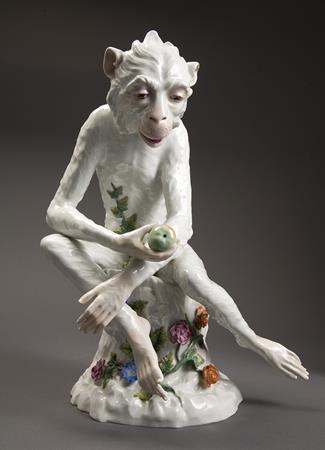
This piece was submitted with very little introduction and it doesn’t need it!
“Yikes!”
- Virginia Catherall, Curator of Education
Funerary art, such as this Roman sarcophagus, is often a centerpiece of Halloween imagery. Try to count how many fake tombstone decorations are being put up in your neighborhood!
The Sarcophagus, currently on view in the Ancient Mediterranean gallery depicts the deceased carved into a central ring, entering the afterlife. The curatorial description of this sarcophagus gives more insight into this example of funerary art’s symbolism “The scroll in the deceased's left hand suggests that he was a scholar, and two theater masks below imply an interest in the arts. The four amorini (cupids), one pair winged and one not, represent the Four Seasons and thus the inevitable passage of time. The peacocks feeding from baskets are symbolic for immortality because ancients believed that the peacocks' flesh never decayed.”
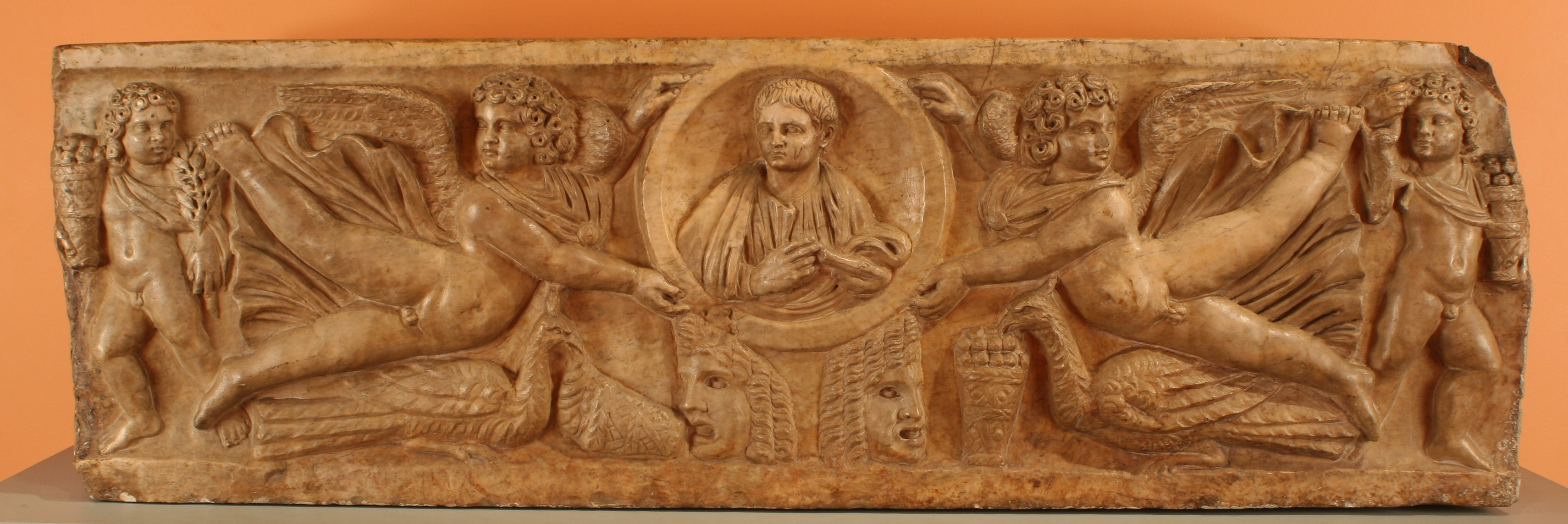
“I think the Sarcophagus in the Greek/Roman gallery is often haunted. Not only is this sacred burial item being displayed in a museum but it also is away from the homeland of the deceased.”
- Noelle Poulson, FTO Security Guard.
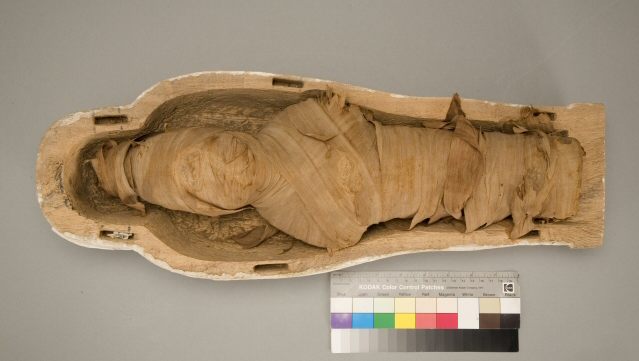
“This mini coffin in the Egyptian gallery has been the subject of speculation over the decades in the old museum and new museum. Visitors have always taken notice of the linen wrapped mummy-shape figure in the coffin. What is, or who is, the mummy many have asked over the years. Some believe it is a mummified animal which was not unusual in Ptolemaic era Egypt (334-34BCE.) The more imaginative and macabre I have heard on rare occasions is that is a mummified baby.
It is not an animal or baby, in fact today it is hollow. Archaeologists have termed this object a ‘corn mummy’. The origins go back to family offerings to Osiris, the Egyptian god of the underworld. When a family member died, their KA or spirit would go on a two-week journey to the underworld in order to be judged for their actions in life. A family would make an offering to Osiris by taking the fertile mud from the River Nile and add wheat seeds. They would then wrap it like a mummy, place it in a coffin, and place it near their family member’s burial. A signal that Osiris accepted the offering and helped the deceased was if the seeds had germinated.”
- Luke Kelly, Associate Curator of Collections
The Beast in the Great Hall
Last month, the UMFA was visited by a winged beast. No one knows how it got in or where it came from. Brave photographer, Adelaide Ryder, managed to catch it on camera, and it looked familiar...
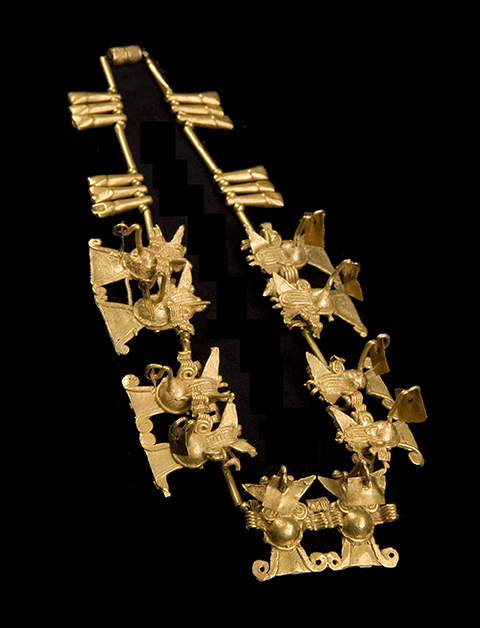
As if foretold in prophecy...
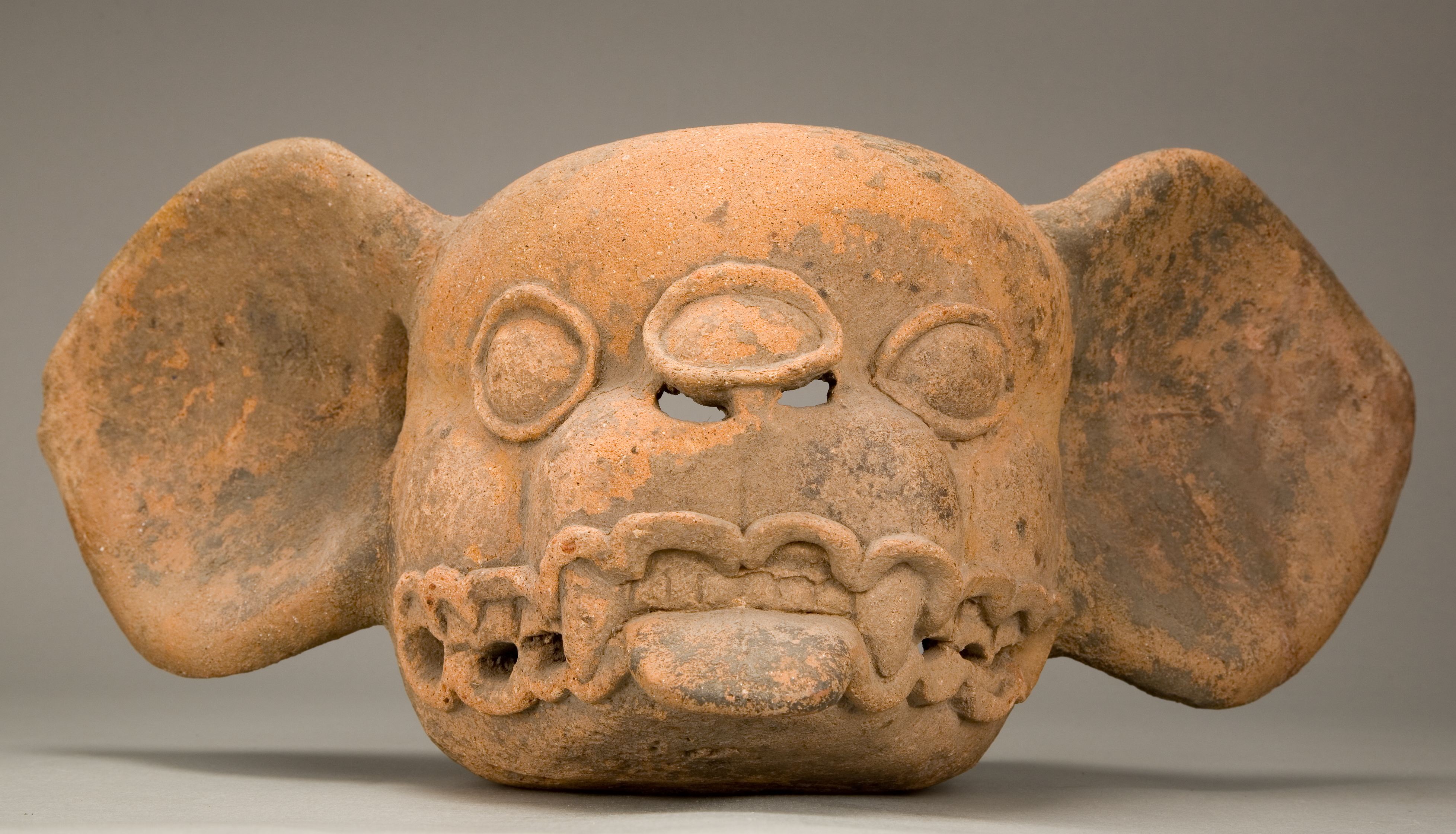
Its likeness echos through time and across the world...
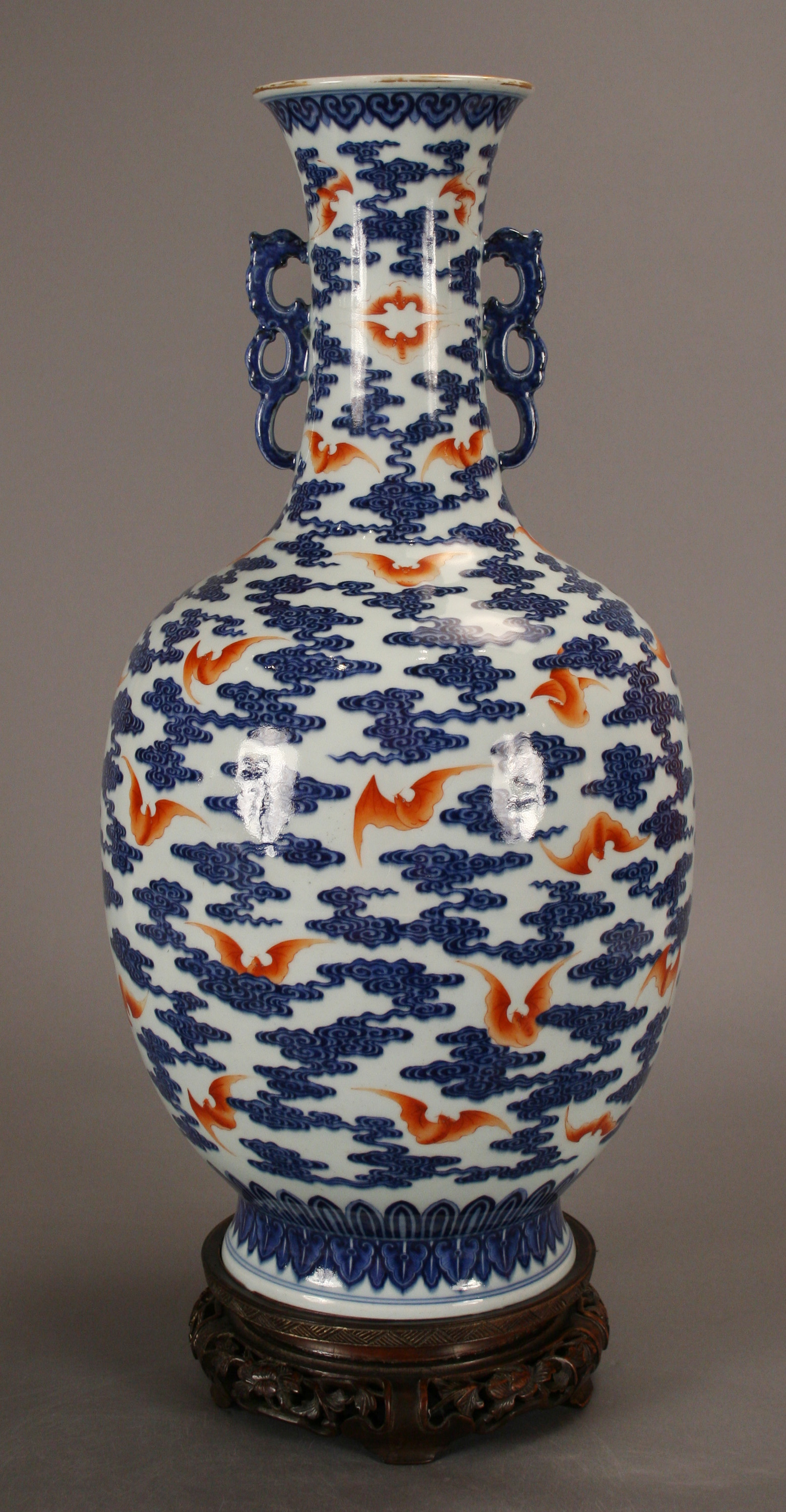
This beast is known by many names: Zotz, 蝙蝠 Biānfú, murciélago, but when they arrived, we simply called them... Albert the Bat!
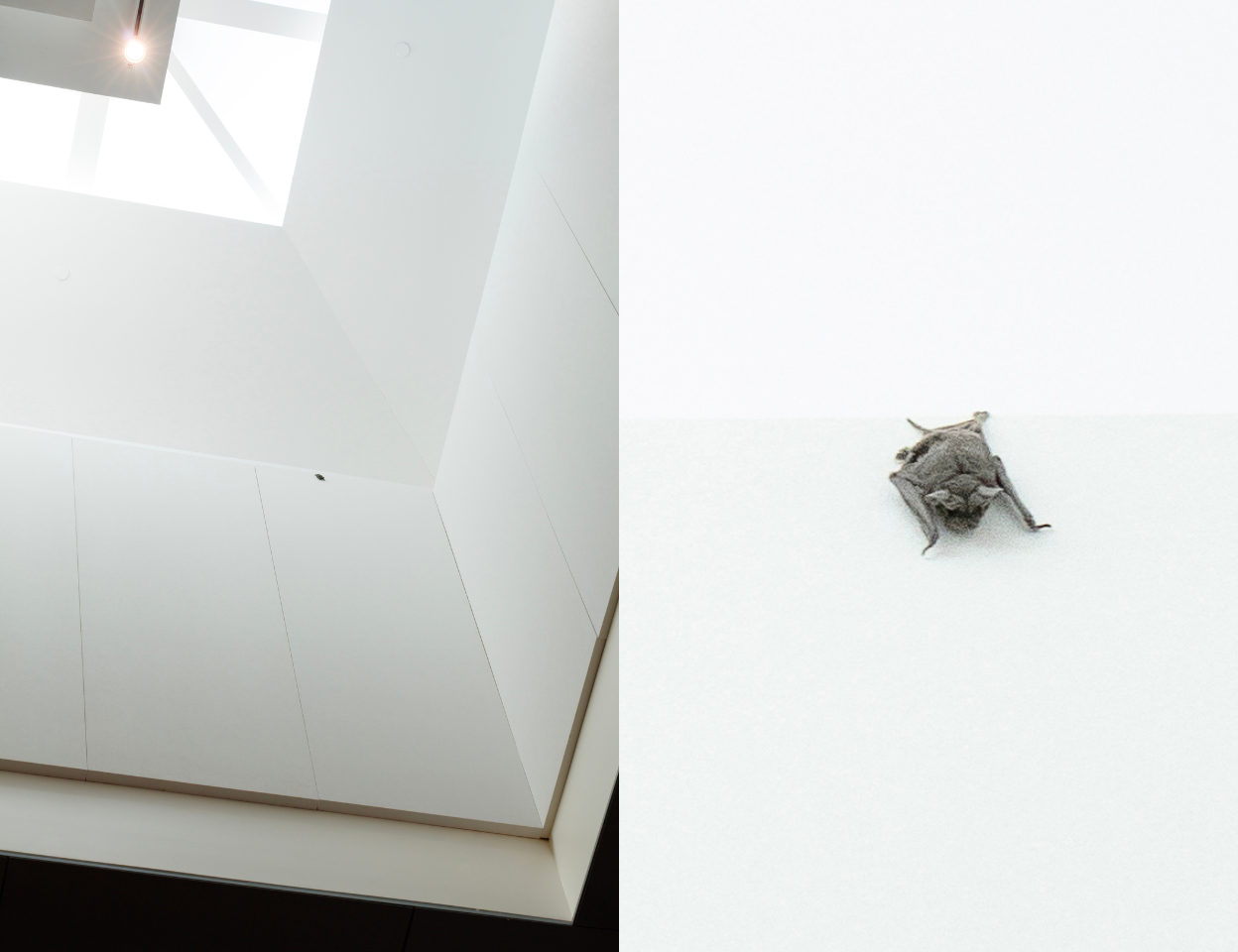
We’re not entirely sure how our little friend got in, but they were discovered enjoying a nap in the Great Hall and were safely returned to the outside with no injury and without any damage to the artwork at the UMFA. I wonder if they enjoyed seeing their likeness in the galleries!
Explore More:
- Search the UMFA’s full collection online.
- Learn more about the Rambova Collection, a collection of Egyptian antiquities donated to the Utah Museum of Fine Arts by Natacha Rambova.
- Did you know there were zombies at the UMFA?
